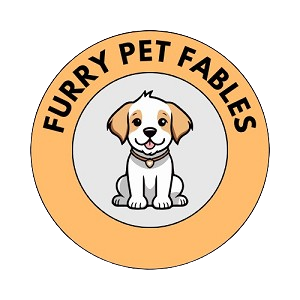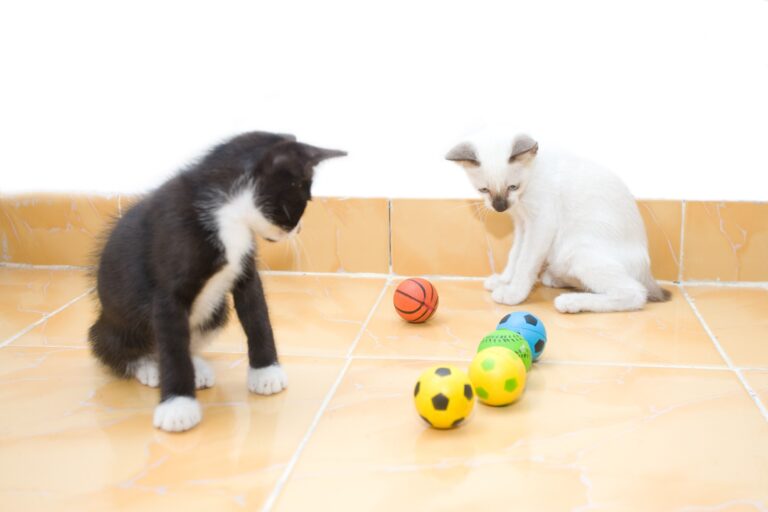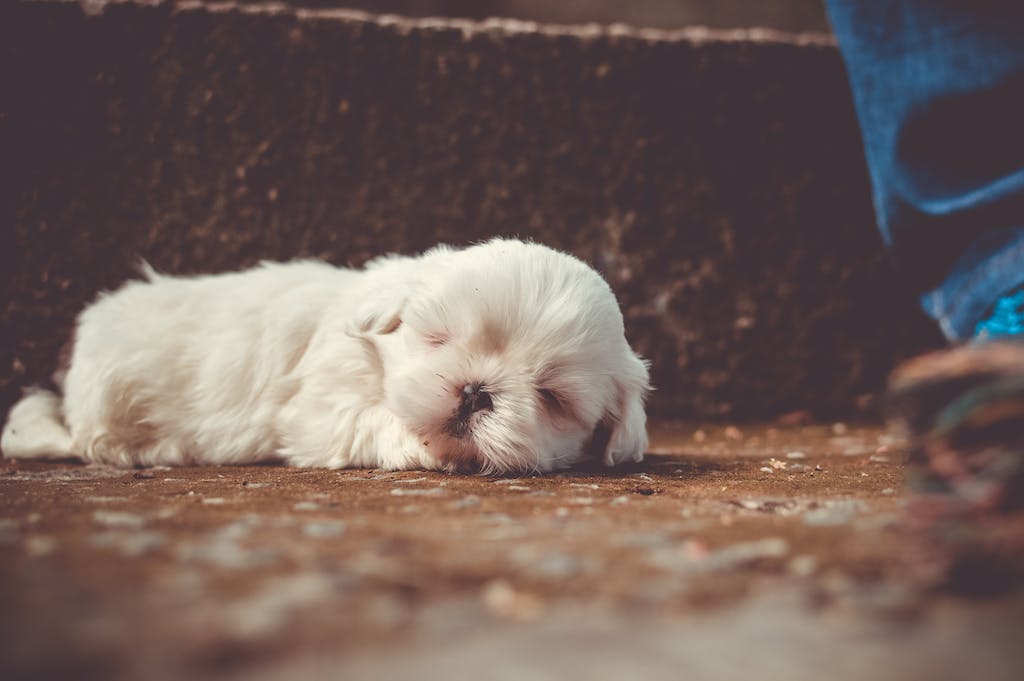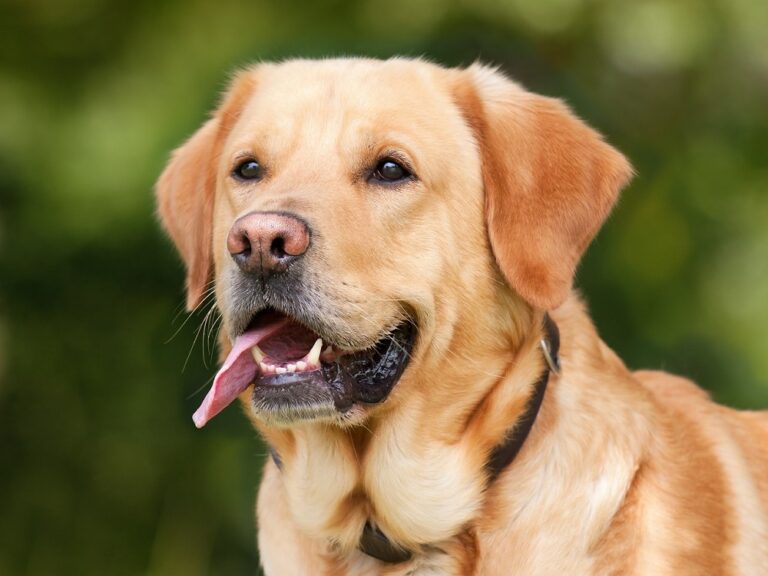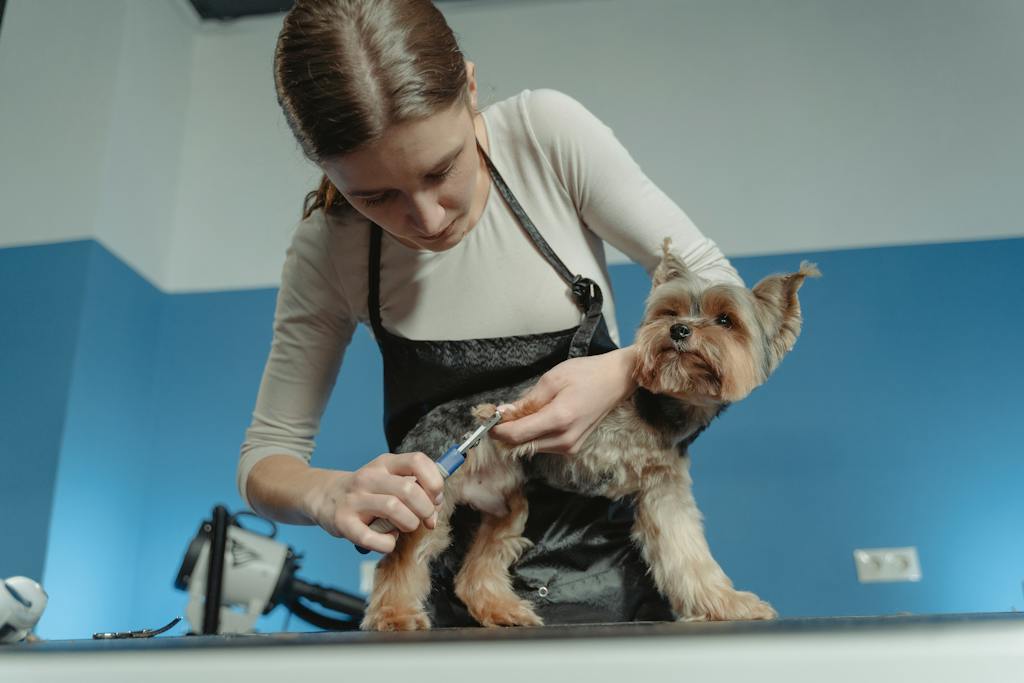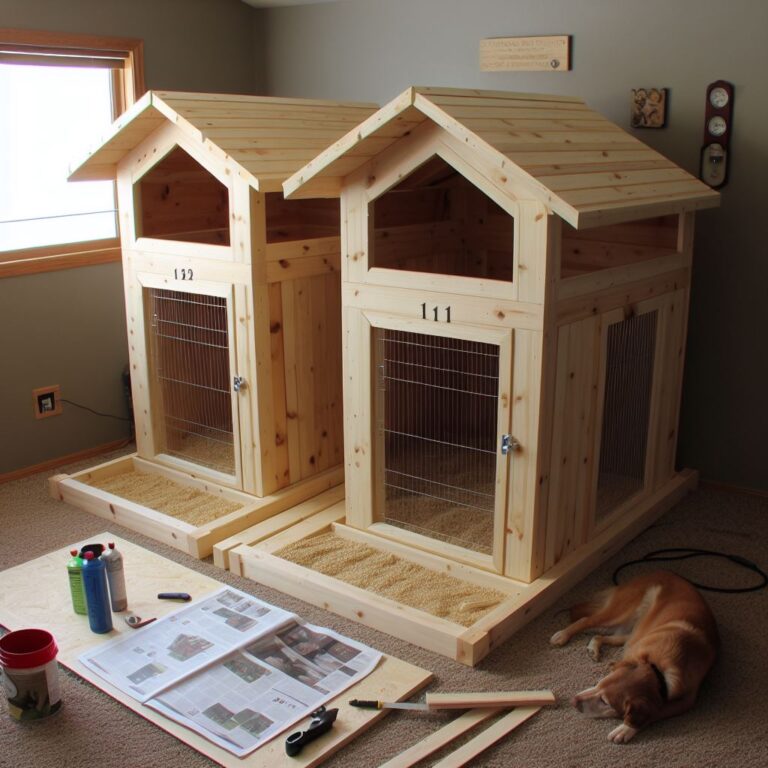10 Dog Breeds That Don’t Shed – Low-Shedding Dog Breeds

Owning a dog is a joy that many of us cherish deeply. The wagging tail greeting you at the door, the companionship on long walks, and the unconditional love are just a few of the perks that come with having a furry friend. However, for some, the thought of dog hair on the furniture, clothes, and virtually every surface can be a deterrent. This is especially true for individuals with allergies to pet dander or those who simply prefer a tidier living space. Fortunately, there are dog breeds that cater to these concerns, known for their low-shedding coats and hypoallergenic qualities. In this guide, we’ll explore the world of dogs that don’t shed, helping you find the perfect allergy-friendly canine companion.
Why Some Dogs Shed Less Than Others
The Science Behind Dog Shedding
All dogs shed to some extent, as it’s a natural process for renewing their fur. However, the amount and frequency of shedding can vary greatly between breeds. This is due to differences in their hair growth cycles and the structure of their fur. Dogs with a hair growth cycle that results in slower shedding or hair that grows continuously, like human hair, tend to shed less.
Hair Growth Cycles and Hypoallergenic Properties
Dogs have three stages in their hair growth cycle: the anagen phase, where hair is actively growing; the catagen phase, a transitional stage; and the telogen phase, where hair is released and shed. Low-shedding dogs often have a longer anagen phase, meaning their hair grows for a longer period before it falls out.
The term “hypoallergenic” is commonly used to describe these breeds, although it’s important to note that no dog is completely hypoallergenic. These dogs produce fewer allergens or have a coat that traps dander, making it less likely to spread around the home.
Benefits of Owning a Low-Shedding Dog
Allergy Considerations
For allergy sufferers, low-shedding dogs can be a game-changer. By producing less dander or trapping it within their coat, these dogs can significantly reduce allergic reactions, making it easier for people with sensitivities to enjoy the company of a pet.
Ease of Grooming and Cleanliness
Low-shedding dogs often require less cleanup around the house. Their grooming needs can vary, but many have coats that are easier to maintain, saving time and effort for their owners.
Top Low-Shedding Dog Breeds
Let’s dive into some of the top breeds known for their minimal shedding. Each of these dogs has unique characteristics and care requirements, so it’s important to choose one that aligns with your lifestyle.
Poodle
Description: Poodles come in three sizes (standard, miniature, and toy) and are known for their intelligence and curly, low-shedding coats.
Temperament: They are active, alert, and trainable, making them excellent companions for families and individuals alike.
Care: Regular grooming is essential to prevent matting, and they benefit from mental and physical stimulation.
Bichon Frise
Description: The Bichon Frise is a small breed with a soft, curly coat that doesn’t shed much.
Temperament: They are cheerful, affectionate, and enjoy being part of the family.
Care: Their coat requires regular grooming to keep it in good condition, and they thrive on companionship and play.
Shih Tzu
Description: Shih Tzus are small dogs with a long, flowing coat that sheds minimally.
Temperament: They are friendly, outgoing, and adapt well to various living situations.
Care: They need daily brushing to prevent tangles and regular grooming to maintain their coat’s length and health.
Yorkshire Terrier
Description: Yorkshire Terriers have fine, silky hair that is more similar to human hair and sheds very little.
Temperament: They are spirited, affectionate, and make excellent watchdogs despite their small size.
Care: Their coat requires regular brushing and grooming to keep it looking its best.
Maltese
Description: Maltese dogs have long, silky white hair that sheds minimally.
Temperament: They are gentle, playful, and enjoy being the center of attention.
Care: Their beautiful coats require daily brushing to prevent mats and regular grooming to maintain their elegant appearance.
Portuguese Water Dog
Description: Portuguese Water Dogs have a thick, curly coat that sheds very little and was originally bred to work on fishing boats.
Temperament: They are intelligent, energetic, and enjoy having a job to do.
Care: Their coat needs regular grooming, and they require plenty of exercise to keep them happy and healthy.
Schnauzer
Description: Schnauzers come in three sizes (miniature, standard, and giant) and have a wiry coat that sheds minimally.
Temperament: They are alert, spirited, and make loyal companions.
Care: Regular grooming is needed to maintain their distinctive appearance, and they benefit from regular exercise.
Basenji
Description: The Basenji is a unique breed with short hair that sheds very little and is known for not barking.
Temperament: They are independent, intelligent, and can be aloof with strangers.
Care: They require minimal grooming and enjoy physical and mental challenges.
Scottish Terrier
Description: Scottish Terriers have a wiry outer coat and a soft undercoat that sheds minimally.
Temperament: They are independent, confident, and can be stubborn at times.
Care: Their coat requires regular grooming to keep it in shape, and they enjoy daily walks and playtime.
Italian Greyhound
Description: Italian Greyhounds have a short, smooth coat that sheds very little and are known for their graceful appearance.
Temperament: They are affectionate, playful, and enjoy being close to their owners.
Care: They require minimal grooming and do well with regular walks and opportunities to run.
How to Manage Shedding in Dogs
Even low-shedding dogs will lose some hair, and it’s important to manage it effectively. Here are some tips to help you keep shedding under control:
Grooming Tips
- Brush your dog regularly to remove loose hair and prevent matting.
- Use the right grooming tools for your dog’s coat type.
- Consider professional grooming services for breeds with more demanding coat care.
Diet and Supplements
- Provide a balanced diet rich in essential fatty acids to promote a healthy coat.
- Consult your vet about supplements that can support skin and coat health.
Regular Vet Check-Ups
- Schedule regular check-ups to ensure your dog is healthy, as some health issues can lead to increased shedding.
Considerations Before Choosing a Low-Shedding Dog
Lifestyle Fit
- Assess whether the breed’s energy levels and temperament match your lifestyle.
- Consider the size of the dog and your living space.
Exercise Needs
- Ensure you can meet the exercise requirements of the breed you’re interested in.
- Some low-shedding dogs are very active and need daily exercise to stay healthy and happy.
Long-Term Commitment
- Remember that adopting a dog is a long-term commitment, and you should be prepared for the responsibilities that come with pet ownership.
Conclusion
Choosing the right dog for your needs is crucial, especially when it comes to managing allergies and maintaining a clean home. Low-shedding dogs offer a wonderful opportunity for those who might otherwise be unable to enjoy the companionship of a pet. By considering the breeds outlined in this guide and understanding the care they require, you can make an informed decision and embark on the rewarding journey of dog ownership. Remember, responsible pet ownership is about finding a match that benefits both you and your furry friend for years to come.
